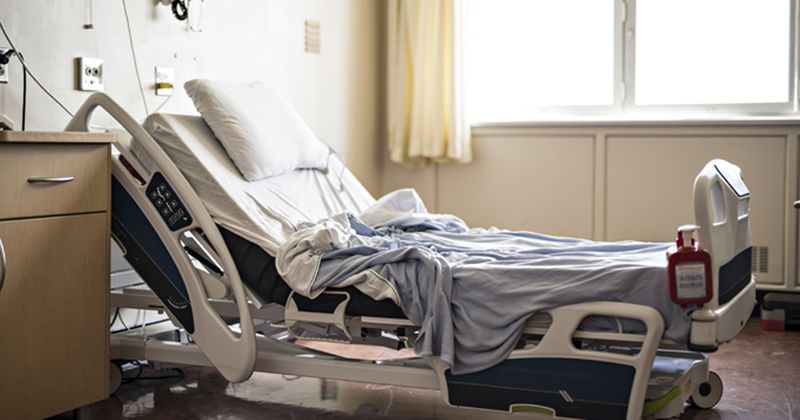Wipes with color additive improve hospital room disinfection
Key takeaways:
- A color additive that appears blue on surfaces helped improve disinfection in hospital rooms.
- Rooms were up to 70% better disinfected when cleaning wipes included the additive.
An additive for disinfectant wipes that initially appears blue on surfaces and disappears after cleaning led to a significant improvement in cleanliness during a trial at a hospital, researchers reported.
“For infection prevention, it’s not just about the disinfectants. It’s about how the disinfectant is used,” Olayinka Oremade, MD, MPH, CIC, infection control manager at Griffin Hospital in Derby, Connecticut, told Healio.

“It is important that the user make sure to cover all the surfaces being disinfected and that mechanical action — you know, elbow grease — is used. This has been more of a human behavior issue. Training and feedback are only so effective, even if it’s constant and consistent.”
Exposure to contaminated beds and surfaces in hospital rooms can significantly increase the risk for hospital-associated infections, which has led to some health care facilities experimenting with an array of environmental hygiene programs to reduce these risks.
According to Oremade, Griffin Hospital’s regular practice included cleaning hospital rooms after a patient’s discharge using bleach-based wipes. Based on studies suggesting color additives may help improve how thoroughly a surface is cleaned, the infection prevention team tested a novel additive.
Oremade and colleagues conducted a pre-post-quasi-experimental study at the 160-bed hospital from Nov. 18, 2023, to Dec. 22, 2023. They divided the study into a 1-week period using the hospital’s standard brand bleach wipes, a 3-week wash-in period to train environmental staff, and a 1-week intervention phase, according to the study.
Before and after the initial control week, as well as before and after the intervention week, the researchers discreetly sampled 15 high-touch surfaces in 10 hospital rooms to measure contamination.
They trained environmental staff at the beginning of the wash-in period during an in-service with the manufacturer of the additive, which is applied to wipes using a specially designed dispenser placed on a wipe canister that senses a wipe being pulled out. When a surface is wiped using the additive, it appears blue and, then disappears when wiped with enough friction and force, Oremade said.
During the control phase of the trial, 92% of the surfaces researchers sampled were contaminated before they were cleaned, compared with 60% after the rooms were cleaned. Cleaning rooms during this phase of the trial took 39.1 minutes to complete, according to the study.
The same surfaces were contaminated before the intervention phase — 92% — but just 31% of them were still contaminated after being cleaned with wipes, according to the researchers. There was a 91.33% reduction in average colony-forming units. During the intervention phase, cleaning took 36.8 minutes to complete, a slight reduction that researchers wrote was statistically insignificant.
Overall, the researchers determined that using the novel color additive left hospital rooms 69.2% cleaner than using regular bleach wipes and reduced the proportion of surfaces in rooms that were still contaminated after cleaning by 48.3%.
“The advantage of this color additive is that it provides real-time user feedback at the point of use,” Oremade said. “As you’re performing the disinfection process, you can actually see surfaces that have been covered and you can see surfaces that were missed. In that way, it reinforces that need to adequately cover all surfaces with effective mechanical action.”
